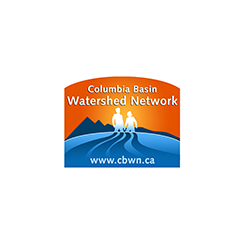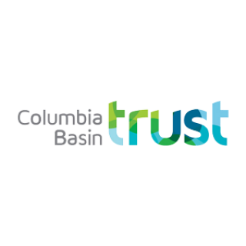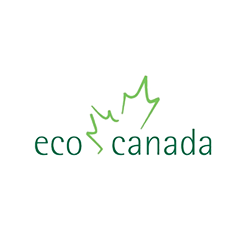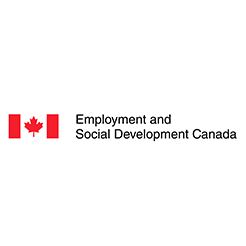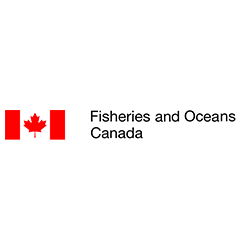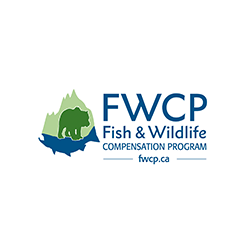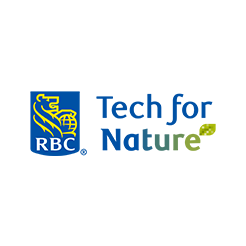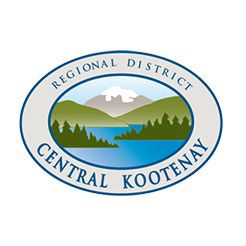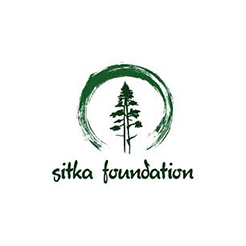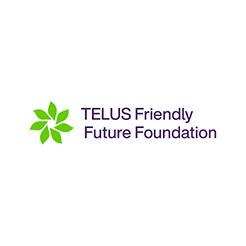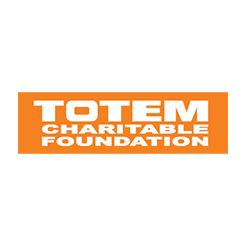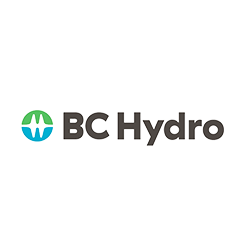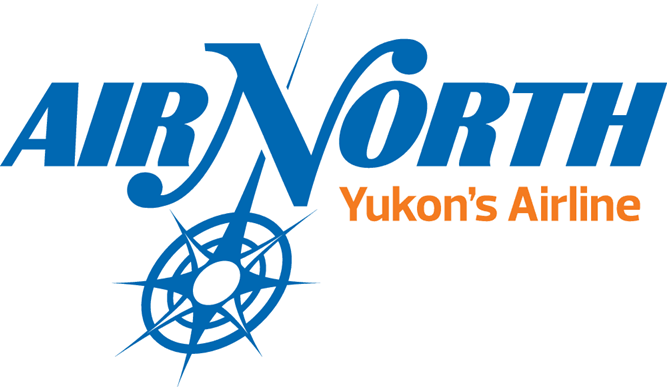2023
Impact Report
Photo by Rick Tegeler • 2023 Lake Biodiversity Photo Challenge
From Our Executive Director
The climate crisis is a water crisis; the urgency of the situation cannot be ignored. Continued drought, extremely low mountain snowpack, unreliable surface water sources and depleted groundwater levels with record-high temperatures have combined to generate water insecurity across many parts of Canada.
While we contend with rapidly shifting baselines and significant water data gaps, data-driven decision making remains challenging, particularly when combined with siloed governance and multi-jurisdictional gridlocks. We urge government and decision makers to connect the dots between the landscape activities contributing to drought, flooding, and the continued loss of biodiversity. Forest practices in watersheds affect both short and long-term risks for the water supply needed for our communities and ecosystems that sustain us. The already exorbitant cost of watershed or wetland restoration is compounded when we continue to apply dated land use policies and practices that negate these efforts.
The freshwater ecosystem initiatives implemented by Living Lakes Canada in 2023 span water monitoring, assessment, data management, education, and outreach programs. We are very fortunate to have a dedicated team of intrinsically motivated people working on these endeavours to empower communities in their quest to achieve watershed health and water security. We are equally privileged to have a volunteer board, water expert advisors, and very progressive partners, without whom our work would simply not be possible.
Highlights from last year include supporting the development of a water data portal for the Nicola 5 First Nations, and collaborating with the Government of Yukon to explore a community-based lake monitoring network in the territory with both Indigenous and non-Indigenous groups. We continued growing our National Lake Blitz citizen science lake monitoring program and field tested an Indigenous Knowledge and Values Framework for the federal Foreshore Integrated Management Planning protocol. Our efforts were also recognized by five awards, including an Open Data Quality Award from the Canadian Open Data Society for our Columbia Basin Water Hub regional database.
We could not undertake this important progressive work without the invaluable and generous support of you: our funders, supporters and partners. We sincerely thank you all. Please take a closer look at our 2023 projects below. We look forward to continuing to work with you for many years to come.

Kat Hartwig, Executive Director
CITIZEN SCIENTISTS TRAINED
VOLUNTEERS engaged
YOUTH MONITORS TRAINED
INDIGENOUS MONITORS trained
Living Lakes Canada recognizes that our efforts in water stewardship originated in the unceded traditional territories of the Ktunaxa, Secwépemc, Sinixt and Syilx Nations who have stewarded these lands for generations, and today our work extends across many traditional territories in what is known as Canada. Recognizing Indigenous Peoples as the rightful caretakers of their traditional territories, we work to complement their intergenerational water stewardship initiatives.
Applied Reconciliation
Our Applied Reconciliation program dedicates time and space for meaningful collaborations on water priorities, advancing Reconciliation and promoting opportunities to decolonize water governance and data. In 2023, our resulting freshwater stewardship efforts on Indigenous territories fostered new relationships and fortified existing ones with First Nations and Indigenous groups. Examples include:
Local Indigenous Knowledge and Values Framework. In partnership with the Upper Nicola Band, we co-developed this framework for Foreshore Integrated Management Planning on Nicola Lake, showcasing how Indigenous Knowledge and Western science can holistically align and be applied to decision making together.
NWGP Water Data Portal. Indigenous data sovereignty was at the forefront of our work with the Nicola Watershed Governance Partnership (a partnership between the Nicola 5 First Nations and the Province of British Columbia) developing their new water data portal, set to be launched in 2024.
Yukon Lakes Monitoring Initiative. In close collaboration with the Government of Yukon, we led the first phase of relationship building to explore lake monitoring in the territory, which involved nine First Nations and other Indigenous groups from the Yukon and Northern BC. A key focus of this project was to understand the contributions from both Indigenous and Western knowledge systems to lake stewardship.
Water Monitoring Training & Support. We delivered a range of water monitoring trainings to six First Nations across Western Canada. In the Canadian Columbia Basin specifically, we provided support to yaqan nuʔkiy in monitoring the Goat River, and assisted in organizing two youth Water Gatherings led by the ʔaq̓am Guardians in Training that combined Ktunaxa culture with Western science water monitoring workshops.
“Greatest thanks to Living Lakes and the BCLSS for providing water quality training within our community, and offering our youth a strong direction towards land stewardship, like our ancestors once had in the past.”
Slade Williams, training participant and Community Energy Champion with Sqwá First Nation
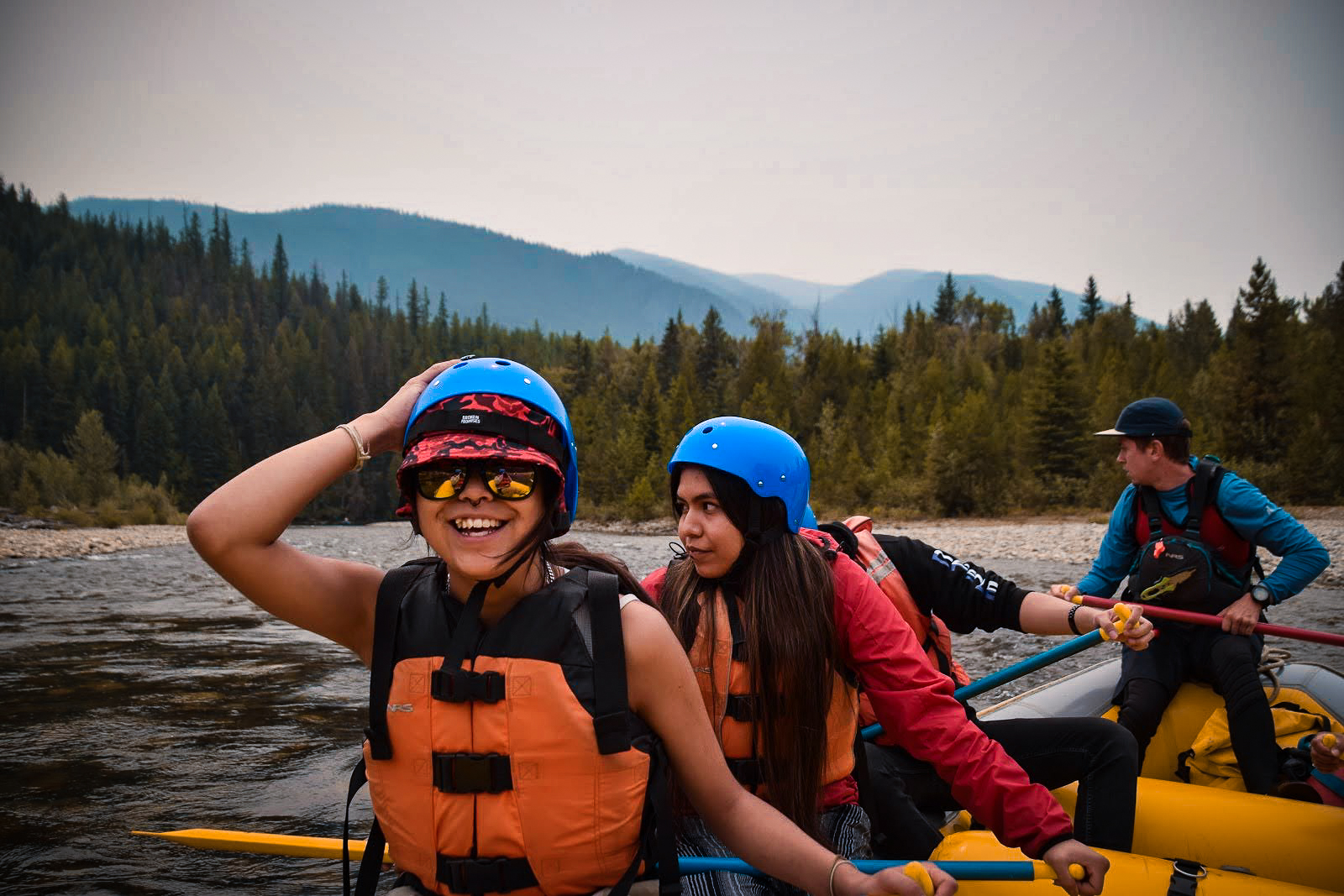

Centre of Water Excellence for Youth
The Living Lakes Canada Centre of Water Excellence for Youth aims to empower young people to safeguard, restore and improve watershed health. It works to enhance community resilience to climate change through water stewardship and supports youth seeking careers in environmental and watershed fields.
In the past year, we’ve realized our diverse approach also helps alleviate climate anxiety in youth. Active participation in climate monitoring equips youth with a comprehensive toolkit that combines education, community involvement, skill development, and a sense of agency. These factors collectively contribute to reducing climate anxiety by fostering a proactive and positive mindset toward addressing environmental challenges. We grew our youth offerings in 2023 through:
Expanded Youth Engagement. Living Lakes provided 22 youth initiatives, involving 712 individuals aged 12 to 29. Further engagement included children under 12 through the Kids Category in our annual Lake Biodiversity Photo Challenge.
Summer Internships. Each year we hire summer students to fill a range of positions that support our core team during the busy field season. In 2023, seven interns worked with us across different programs, gaining invaluable experience and professional development.
Water Monitoring Labs. Members of our team delivered five hands-on labs across different water monitoring disciplines to hundreds of post-secondary students as part of their course curriculum.
Increased Partnerships & Collaborations. We worked with 14 different First Nations to support youth projects, many of which were Indigenous-led. Our youth-focused collaborations with six other non-profit organizations, notably Inside Education in Alberta and Wildsight in southeastern British Columbia, highlighted the importance of freshwater stewardship in a changing climate.
“The Living Lakes Canada groundwater lab helped me put into practice the skills learned in class and expanded my learning with the input of professional experience. These labs develop every student’s curiosity for making a meaningful impact out in the field.”
Gala Reul Orozpe, Student with the Associate of Science—Environmental Science program at College of the Rockies
Action for Healthy Watersheds
Launched in late 2022, Action for Healthy Watersheds (AHW) responds to community group requests for diverse forms of support. AHW has since aided 20 environmental stewardship groups and two First Nations communities in British Columbia, enhancing capacity for watershed protection at the local community level. We achieved this by offering:
Trainings & Workshops. In August 2023, Living Lakes Canada partnered with Sqwá First Nation for a 3-day water quality monitoring training in Chilliwack, B.C. It was co-delivered with the British Columbia Lake Stewardship Society and covered water systems, quality, hands-on equipment practice, fish habitat, and job resources. In October 2023 in Kimberley, B.C., we delivered training for the Friends of Cherry Creek focused on freshwater ecosystems. A half-day aquatic invasive species workshop and community weed pull in Nelson, B.C. were co-hosted with the Central Kootenay Invasive Species Society in July.
Organizational Mentoring. Members of our team worked with the Friends of Cherry Creek in Kimberley, B.C. to develop program vision, principles and a proposal as well as provide fundraising support. In the Yukon, we also supported Carcross/ Tagish First Nation in grant writing and project development for their CTFN Water Monitoring Expansion Project.
Funding for Water Monitoring Equipment. The Water Monitoring Equipment Fund aims to assist community-based monitoring by providing funding for equipment replacement, maintenance, purchase, or repair. In 2023, the fund supported 11 groups spanning the Canadian and U.S. Columbia Basin, showcasing successful transboundary collaboration.
Watershed Mapping. Living Lakes, in collaboration with Selkirk College, provides a watershed mapping program. GIS co-op students create user-friendly maps to convey intricate watershed data, fostering local watershed comprehension. In 2023, the program worked with eight organizations in the Canadian Columbia Basin.
“While I started the internship hoping to get geospatial mapping experience, I left with so much more. Alongside developing a valuable and diverse skill set, I gained an understanding and appreciation for how maps can help stewardship groups understand their local watersheds.”
Adriana Wilson, GIS co-op student with Selkirk College Geospatial Research Centre

event outreach attendees
data contributors across all programs
Lakes monitored across Canada
monitoring groups partnered with
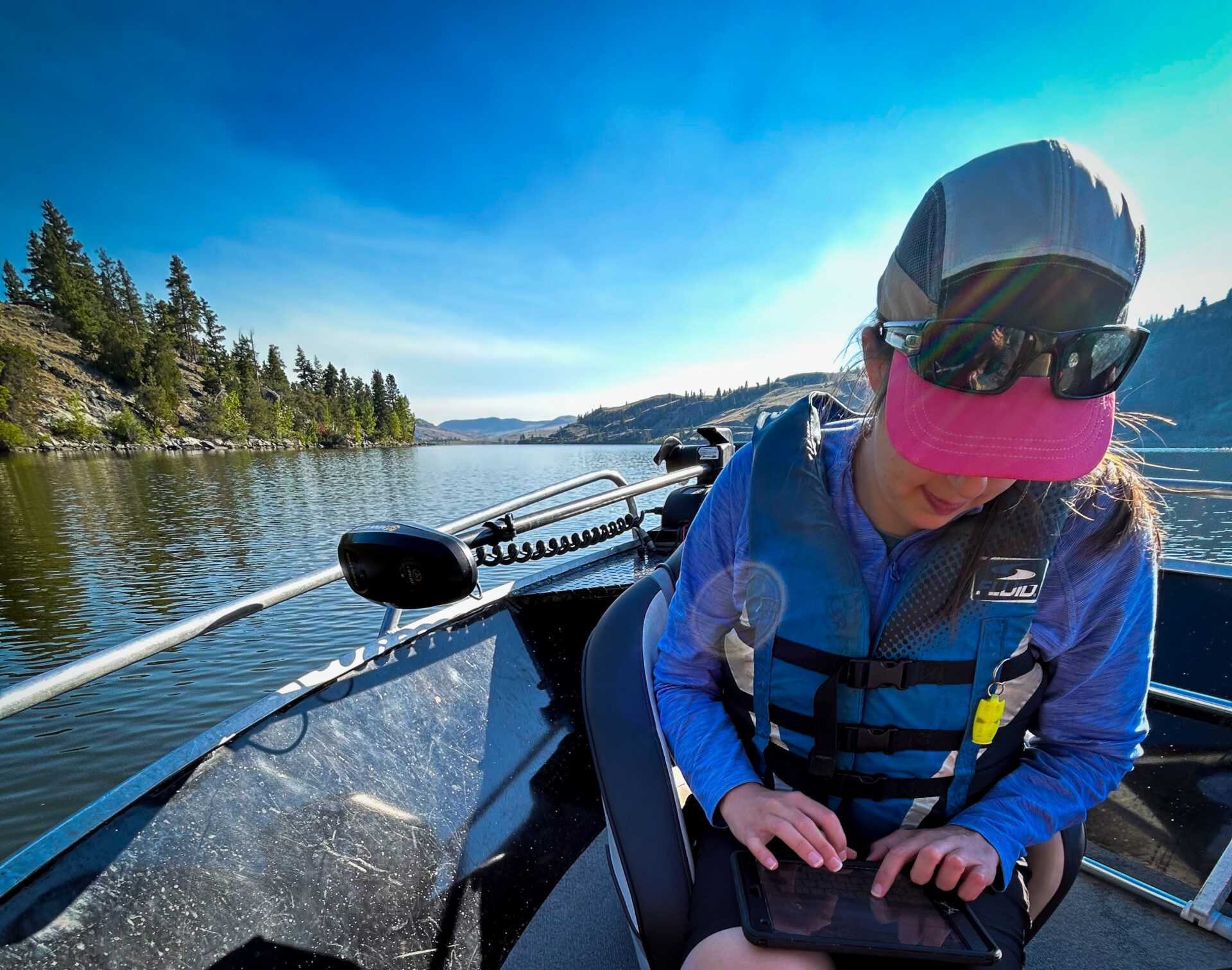
Foreshore Integrated Management Planning
Negative impacts to lake foreshore can occur slowly over time and be difficult to detect. Yet, this understanding is crucial for environmental conservation given 90 percent of all lake biodiversity resides there. The federally-developed protocol known as Foreshore Integrated Management Planning (FIMP) is a cumulative impact assessment tool used to assess the rate of change and improve what’s known about foreshore habitat integrity.
Living Lakes Canada has applied FIMP to an ever-growing number of priority lakes since updating the protocol in 2019. The results generate foreshore management guidelines that are shared with various stakeholders to support evidence-based decision-making.
This important work is contributing to heightened awareness and informed land use decisions regarding foreshore conservation across Western Canada.
Species at Risk in Columbia Basin. In 2023, our FIMP team wrapped up a four-year agreement with Fisheries and Oceans Canada to survey or re-survey 10 priority lakes across the Canadian Columbia Basin with aquatic Species at Risk present. A final report will be published in 2024.
Informing Lake Management. Promoting the adoption of foreshore management guidelines resulting from FIMP surveys involves ongoing and diverse engagement with all levels of government, First Nations communities, stewardship groups, and general stakeholders and/or property owners.
GIS Mapping Data. GIS mapping data for select lake surveys are available through an interactive web map on the Columbia Basin Water Hub. FIMP maps will continue to be integrated into this interactive format to improve access to this information and application of FIMP guidelines.
Additional Lakes & Watersheds. In 2022-2023, we expanded FIMP across British Columbia with re-surveys on Nicola Lake in Merritt and Fraser Lake between Burns Lake and Vanderhoof, marking the first application of the updated FIMP methodology in these priority watersheds.
“This FIMP data will enhance our understanding of the lake’s foreshore and our existing knowledge, and will also facilitate the identification of ecologically sensitive zones. The report is very detailed and will form the basis for further studies of the foreshore habitat of Arrow Lake. The extensive bibliography is very helpful to researchers.”
Richard Johnson with Arrow Lakes Environment Stewardship Society
Indigenous Knowledge and Values Framework
Through the expansion of our lake foreshore conservation work, we recognized the need for respectful and consistent inclusion of Indigenous Knowledge and values into FIMP projects. In partnership with the Upper Nicola Band, Living Lakes Canada co-developed the Indigenous Knowledge and Values Framework in 2022, which was published as a draft report in April 2023.
This project led to the 2023 re-survey of Nicola Lake, the first inaugural Indigenous-led FIMP survey co-coordinated by Living Lakes. The development of this Indigenous framework, while initially piloted on Nicola Lake, has enhanced and influenced other concurrent FIMP projects. This has spurred increased participation from First Nations on these lakes, notably the Stellat’en and the Nadleh Whut’en, who made significant contributions to the Fraser Lake project. The Indigenous Knowledge and Values Framework has opened up opportunities for:
Aligning Worldviews. The framework instructs ways of harmonizing Indigenous Knowledge and Western science, creating opportunities for both worldviews to work in tandem throughout the FIMP project process.
Elevating Indigenous Knowledge. The framework is a template for the application of Nation-specific Indigenous Knowledge. For example, this pilot project was guided by the Syilx foundational captíkʷł (oral story) of the Four Food Chiefs. Each chief represents a different perspective that, when combined, creates a balanced approach.
Applying Indigenous Values. For example, review committee members representing different Chief’s perspectives were appointed to ensure diverse viewpoints (e.g. Chief Síyaʔ represents the spirit of creative energy, vision, and innovation).
Meaningful Relationships. By providing Nation-specific culturally appropriate directions, the framework guided project team members, advisors, and hired consultants in meaningful relationship-building with Indigenous and non-Indigenous partners throughout the project timeline.
“Developing the Indigenous Framework into Foreshore Integrated Management Planning incorporates a missing perspective that will help address lake health being impacted by climate change and human activities. This work with Living Lakes supports Reconciliation and is inclusive of two worldviews necessary to stop the loss of sensitive shoreline habitats.”
Brian Holmes with Upper Nicola Band
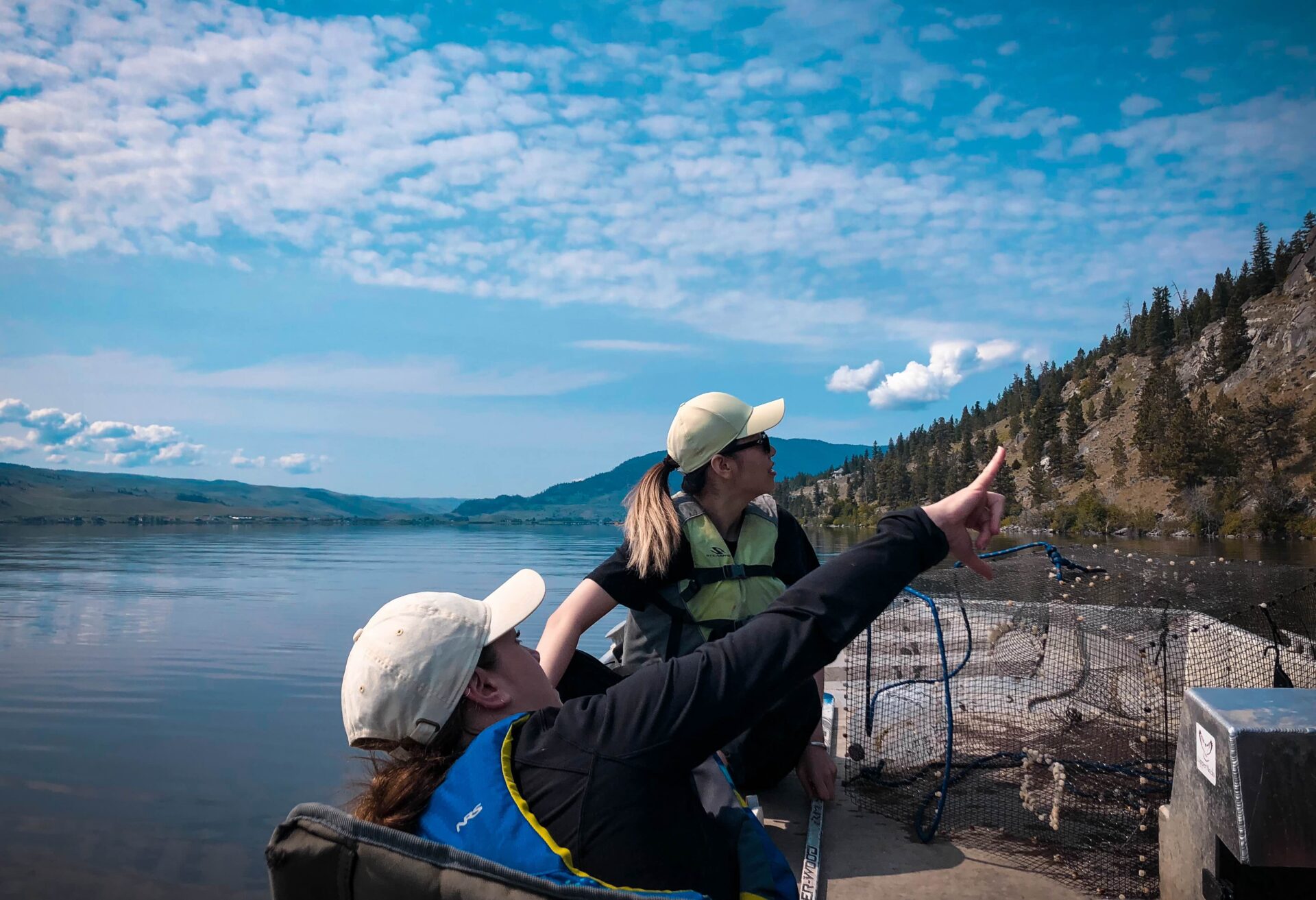

Regional Databases
Accessible water data is the key to enabling local communities to develop tailored climate adaptation strategies as impacts on their freshwater sources continue to intensify. This principle led to the creation of the Columbia Basin Water Hub, an open-access database launched by Living Lakes Canada in 2021. It addresses longstanding recommendations for a centralized repository to provide regional open access water data for research and decision-making in watershed management.
We’ve since strategically partnered with Link Digital to advance the development of other regional databases, and collaborated on a University of Manitoba pilot project to improve their interoperability. This focused approach to managing regional water data resulted in significant accomplishments in 2023:
Water Data for a Transboundary River Basin. The Columbia Basin Water Hub now hosts more than 6.8 million data points from over 800 unique resources and 385 datasets spread across 385 locations. It includes historical and current data from various organizations in the Basin, alongside Living Lakes’ program data, including our Columbia Basin Water Monitoring Framework.
Award for Open Data Quality. The Canadian Open Data Society recognized the Water Hub with an Open Data Quality Award, acknowledging our top-tier standards in data integrity and quality. This is evident in ongoing platform developments, an improved metadata schema, and personalized assistance for contributors.
Database Build for the Nicola Watershed. Living Lakes was selected by the Nicola Watershed Governance Partnership, a collaboration between the Nicola 5 First Nations and the Province of British Columbia, to assist in creating their water data portal, slated for launch in 2024.
Data Governance Support. Our regional database model prioritizes data governance for security, privacy, and accuracy. It grants groups control over data sharing, access, and use, aligning with First Nations principles of OCAP® and supporting Indigenous data sovereignty.
“The Columbia Basin Water Hub is exactly the type of project that Link Digital is keen to be involved in. It makes freshwater data more accessible and helps to solve real-world problems by improving water stewardship and contributing to environmental conservation. As a proud partner organization… we’re pleased their commitment to accessibility, engagement, equity, innovation and data quality has been recognized.”
Marc Evans, CEO of Link Digital
million data points on Columbia Basin Water Hub
unique resources on Columbia basin water hub
datasets on columbia basin water hub
data contributors to columbia basin water hub
Columbia Basin Water Monitoring Framework
The Columbia Basin Water Monitoring Framework (CBWMF) tracks climate and other impacts on water supply for communities and ecosystems. Sites are chosen using a Priority Monitoring Matrix, merging data gap analysis with community input. This creates a nested network, addressing both scientific gaps and local needs. Partnerships with community groups, governments and First Nations enhance monitoring efficiency. The data is available on the Columbia Basin Water Hub to inform adaptive watershed management.
Monitoring started in 2022, and CBWMF data supports various stewardship, climate adaptation, and restoration initiatives. The provincial government utilizes this data for understanding groundwater-surface water connectivity for drought response, informing water license allocation decisions, and assessing wildfire impact on water quality. Developments in 2023 included:
Expanded Reach. The CBWMF expanded into two new hydrologic regions in the Canadian Columbia Basin, the Upper Kootenay and Lower Columbia-Kootenay, for a total of five areas covering 12,500 square kilometres.
Increased Monitoring. Living Lakes Canada and partners are operating 123 CBWMF monitoring sites in small to medium-sized watersheds. This is a significant addition to the government-run monitoring network in the region, equivalent to a 105% increase in tributary hydrometric monitoring and a 425% increase in groundwater monitoring.
Community Engagement. In 2023, 170 individuals joined our Local Reference Groups for the Upper Kootenay and Lower Columbia-Kootenay Hydrologic Regions to share water concerns, priorities, and values, and identify collaboration opportunities. Representatives from all levels of government, First Nations, environmental groups, industry, tourism, community water systems, consultants, academia, and concerned community members were engaged in this outreach effort.
A Scalable Model. The CBWMF continues to garner national interest as a model for other regions, including the Eastern Slopes of the Canadian Rockies in Alberta, the Mackenzie Basin, and across the Yukon.
“I really appreciate the support of the Columbia Basin Water Monitoring Framework. Sometimes people feel helpless and without support when advocating for their watersheds. It feels good having Living Lakes Canada recognize our concerns and collect the data necessary to address them.”
John Wittmayer with Dumont Creek Water Users

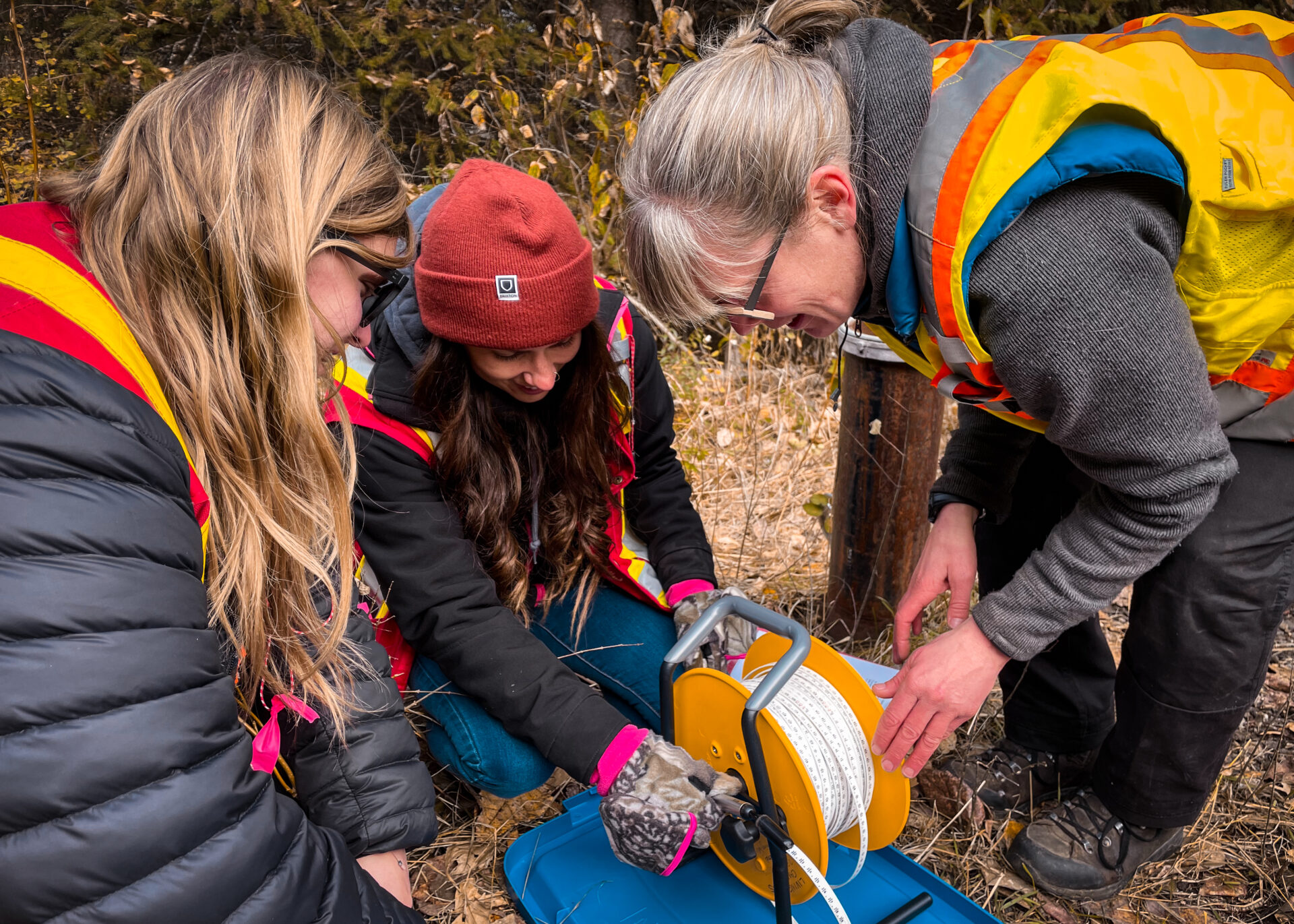
Columbia Basin Groundwater Monitoring Program
Globally, groundwater depletion is threatening biodiversity, drinking water supply, agriculture, and industry. To address this in the Canadian Columbia Basin, our Groundwater Monitoring Program collaborates with volunteer well owners to gather data on aquifers. This cost-effective model tracks seasonal changes and allows for year-to-year comparisons. Partners include municipalities, First Nations, and private landowners and the program complements the BC Provincial Groundwater Observation Well Network, which has a limited number of observation wells in southeastern British Columbia.
All the data feeds into the Columbia Basin Water Monitoring Framework, and is publicly shared and available for third-party use. For instance, a provincial government report utilized program data to investigate groundwater dynamics and connectivity with surface water within Windermere Creek.
Throughout 2023, this program fostered a more water-literate community and empowered climate resilience in the following ways:
Increased Number of Observation Wells. We expanded the program by establishing four new Volunteer Observation Wells: two northeast of Golden, one south of Golden, and one in Canyon, bringing the total number of wells being monitored to 34.
Easy-to-Understand Data. The program’s data management system was upgraded to Depth2Water, accessible through the Columbia Basin Water Hub, which formats the data in a way that is easy for the public to interpret and see the seasonal and year-to-year trends.
Community Engagement. Our team conducts three annual visits to each well for equipment maintenance and data verification and downloads. Well owners and water system operators supported over 50 percent of site visits in 2022-23. They also downloaded data between site visits.
Student Groundwater Labs. We hosted five student groundwater labs that provided 141 students from Selkirk College and College of the Rockies hands-on experience with monitoring equipment, applying class concepts to real-world scenarios, and learning about career opportunities in hydrology.
“The groundwater level data that Living Lakes Canada has helped us collect has been very useful to us. We use the data to estimate the groundwater levels in the surrounding area at different times of the year. Contractors have reached out to us for that information when they have to do deep services. We’re also working on a Groundwater at Risk of Containing Pathogens (GARP) Assessment, and the data can be useful for that. Just knowing the trends over the last few years has been useful knowledge for us.”
Sjac Pronk, Public Works Foreman with Village of Canal Flats
High Elevation Monitoring Program
Climate change impacts, such as droughts and water shortages, have underscored the lack of data and adaptation strategies in water-stressed communities across Canada. There are significant data gaps in snowpack, glaciers, and higher elevation streams and rivers in the Canadian Columbia Basin, all crucial for community water supply and ecosystem sustainability.
Living Lakes Canada initiated the High Elevation Monitoring Program to establish baseline data on alpine water bodies and track ecosystem responses to climate change over time. Understanding these impacts on water availability is vital for informed decision-making to safeguard freshwater sources. In two years, the HE program has generated valuable data for future climate modeling. In 2023, the program came under the umbrella of the Columbia Basin Water Monitoring Framework and expanded to track water temperature variations across elevations and assess climate change impacts. Other 2023 initiatives included:
Pilot Year Report. We released a summary report for the pilot year, outlining the methodologies and protocols established for the HE program, along with a full overview of its pilot implementation in 2022.
Expanded Reach. Five additional lake and stream high elevation monitoring sites were established across the West and East Kootenay regions: Talus Lakes (North and South), Fishermaiden Lake, Upper Fletcher Lake, and Ben Hur Lake.
Comprehensive Data Collection. Throughout the 2023 field season, we completed 24 lake depth profiles, measuring a range of parameters from lake surface to lake bottom, and collected eight eDNA samples and eight water chemistry samples.
Community Engagement. We maintained partnerships with the Alpine Club of Canada and the Backcountry Lodges of British Columbia Association to raise program awareness and involve citizen scientists through iNaturalist for data collection. Additionally, the program received attention in various published articles by third-party sources.
“Working with the High Elevation Monitoring Program this past year was a fantastic experience; their inspired, enthusiastic, hands-on approach to research gave me a new appreciation for the alpine lakes and waterways in Kokanee Glacier Provincial Park. Working with the HE Monitoring Program emboldened my resolve to understand and protect the wild spaces I know and love.”
Sigi Struzik with the Alpine Club of Canada
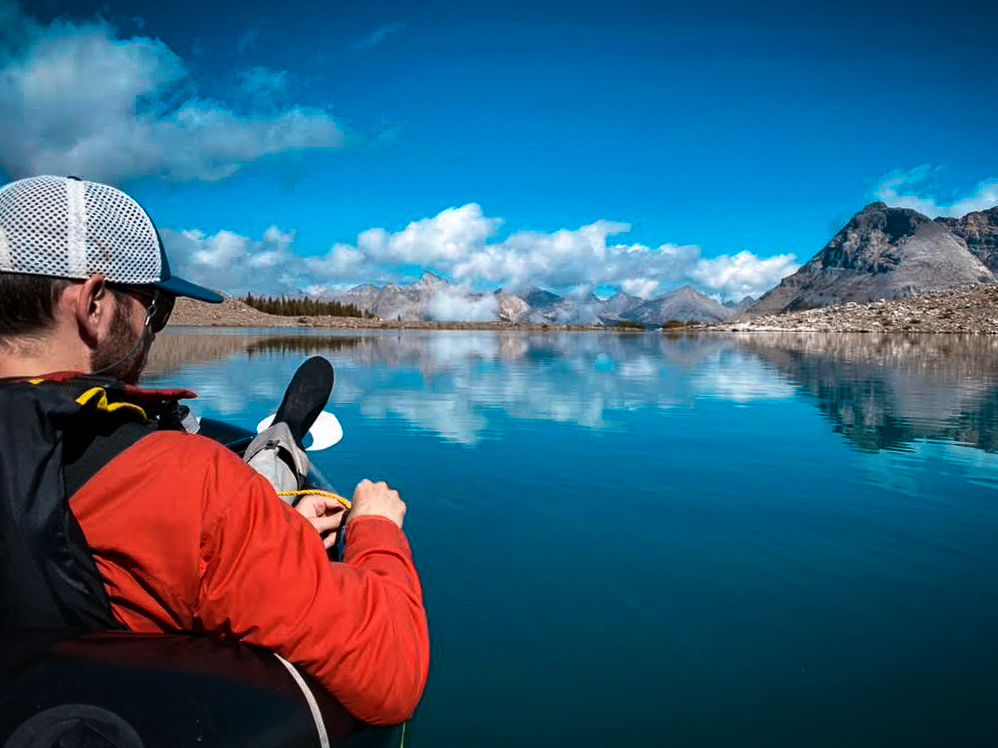
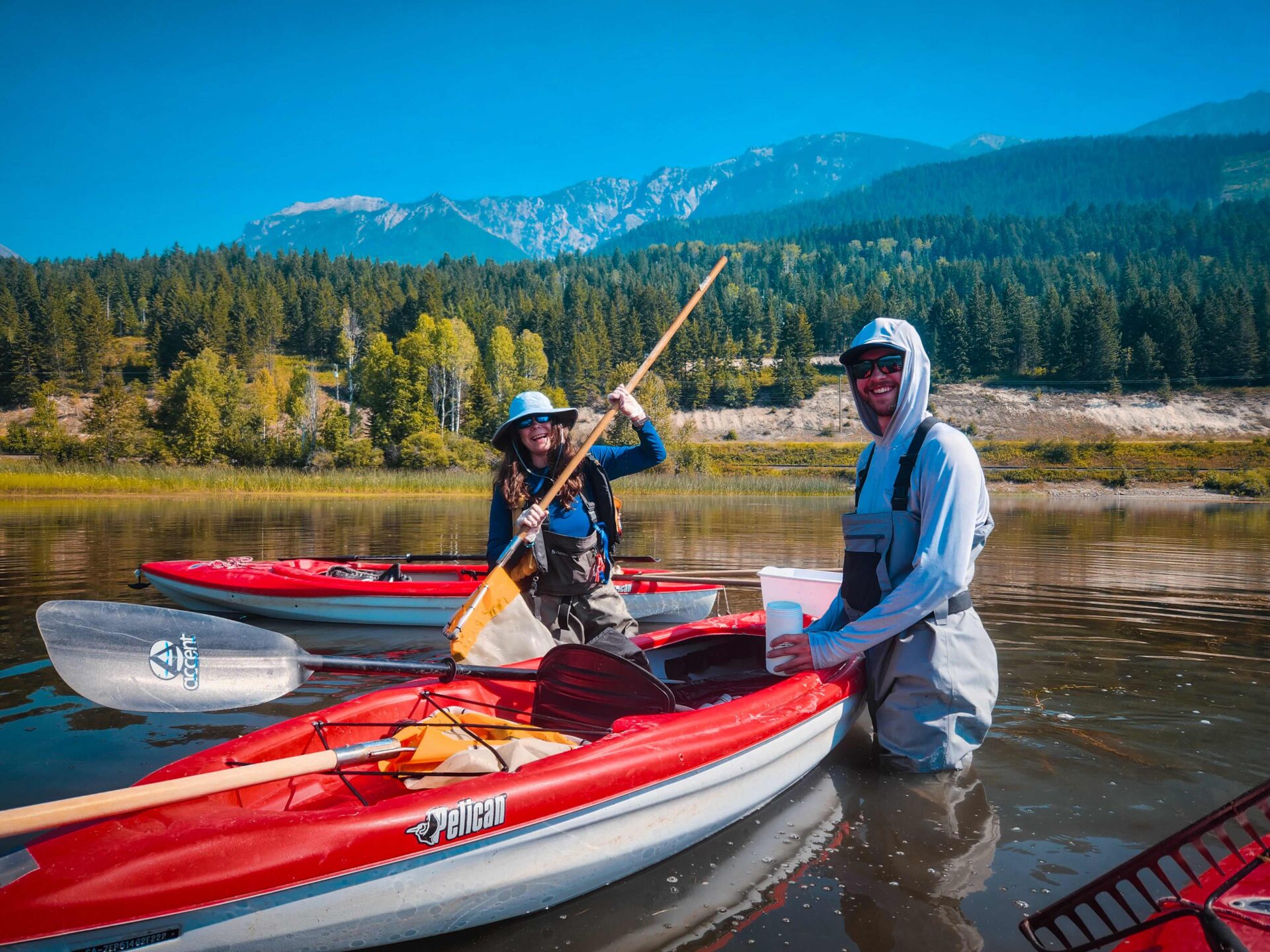
Columbia River Wetlands
The Columbia Wetlands in southeastern British Columbia are among North America’s longest, intact wetlands systems and contain the only undammed section of the 2,000-kilometre-long transboundary Columbia River. This 26,000-hectare, RAMSAR-designated wetland of international importance is also vulnerable to climate change. Living Lakes Canada and the Columbia Wetlands Stewardship Partners (CWSP) have observed drying trends in this crucial ecosystem.
To address these impacts, potential restoration sites have been identified. Using Beaver Dam Analogues, this restoration work will help store water on the landscape to mitigate drought and enhance biodiversity. A photographic inventory and ecological data will serve as benchmarks for wetland features, allowing us to compare the state of future wetlands and assess change. Alongside public outreach on project findings, Living Lakes was involved in the following initiatives in 2023 to help conserve and safeguard this important wetland complex:
Hydrometric Monitoring. We supported the installation and subsequent data collection of hydrometric data loggers for pressure and temperature monitoring in 37 valley bottom wetlands within the Columbia River Valley and one upland wetland.
eDNA Sample Collection. Our team assisted with the collection of 100 samples from 17 sites for invertebrate metabarcoding at the University of Guelph. These samples will be used to evaluate restoration effectiveness after Beaver Dam Analogues are in place.
Wetlands Inventorying. We provided support to CWSP for the photographic inventory, completed via drone, of 371 BC Provincial Freshwater Atlas wetland and lake polygons on the Columbia Valley’s western upland bench.
Restoration Site Identification. We assisted with the identification of nine potential restoration sites on the upland bench wetlands based on a range of different measurements and parameters.
“Thanks to the wide network that Living Lakes Canada has built, Columbia Wetlands Stewardship Partners were able to collect biodiversity samples for genetic analysis in some of the valley bottom wetlands this year. Their partnerships, intellectual drive, and networks provide great value to document the biodiversity of the Columbia Wetlands.”
Dr. Suzanne Bayley, President with Columbia Wetlands Stewardship Partners
lake biodiversity photo challenge submissions
edna water samples collected across canada
sites monitored as part of CBWMF network
Groundwater wells in CBWMF network
CABIN & STREAM
Living Lakes Canada was one of the first non-governmental organizations to be certified by the Canadian federal government to deliver field training for CABIN (the Canadian Aquatic Biomonitoring Network). Over the last decade, we’ve led CABIN training courses across British Columbia and Canada to enhance community biomonitoring capacity for freshwater ecosystems. And since 2019, we’ve delivered field training courses for STREAM (Sequencing The Rivers for Environmental Assessment and Monitoring), a pilot project spearheaded by the University of Guelph that’s been researching the use of DNA metabarcoding technology for freshwater health assessments.
In 2023, we continued to provide trainings for CABIN and STREAM across three provinces and territories, fostering collaboration among First Nations, government, academia, and community groups. Additionally, emphasis was placed on reimagining the role of our Biomonitoring Program within the evolving framework of water stewardship in Canada to better support community groups and enhance their long-term efforts in water stewardship.
Cross-Canada Trainings. We co-hosted CABIN field trainings in Kamloops, BC with Thompson Rivers University, and in Whitehorse, YT in collaboration with the Government of Yukon. We also delivered STREAM trainings in British Columbia, Ontario and the Yukon.
Increased Capacity. Through our trainings, 59 participants were introduced to biomonitoring as a tool for community-based water monitoring, including 6 Indigenous trainees and 13 youth.
Community Workshop. In partnership with a local stewardship group in Kimberley, BC, we hosted a biomonitoring workshop where participants of all ages gained valuable field experience and insights on career paths in the environmental field.
Stewardship Support. Throughout the year, our collaborations with different community organizations led to bolstered efforts in water stewardship within their respective regions.
“Staff from the Grand River Conservation Authority really enjoyed the Living Lakes Canada STREAM training course. We were able to utilize the STREAM protocol at some of our Subwatershed Study sites across the watershed where we compared the STREAM protocol with our standard Ontario Benthos Biomonitoring Network. We are exploring options to add more STREAM sampling sites to our regular monitoring efforts.”
Cameron Irvine, Subwatershed Planning Coordinator with Grand River Conservation Authority
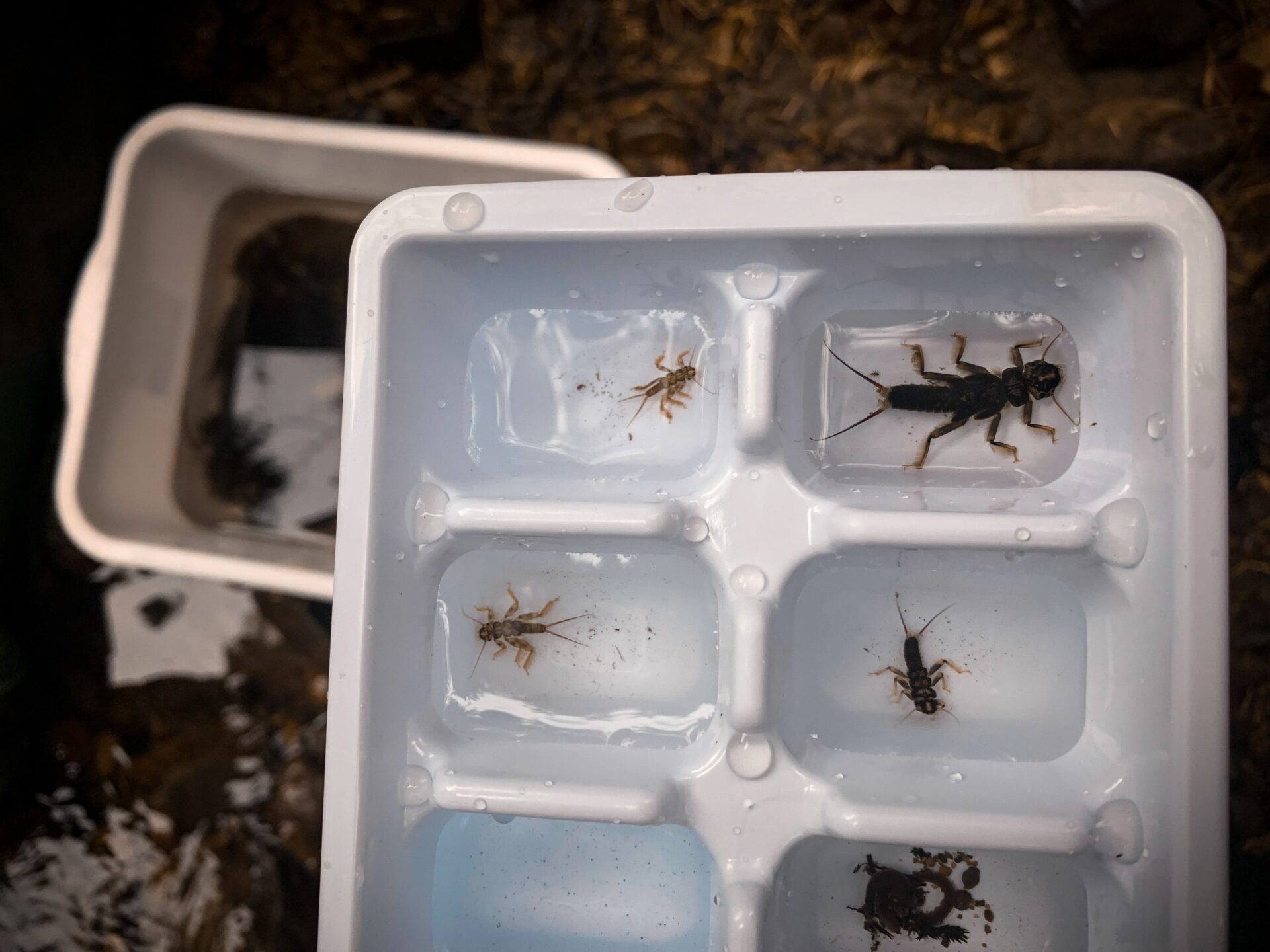

iTrackDNA
One of Living Lakes Canada’s newest programs, iTrackDNA utilizes targeted environmental DNA (Targeted eDNA), whereby water samples are collected from areas of interest and analyzed for DNA from predefined target species. Compared to conventional methods, this monitoring technique offers a simpler and non-intrusive way to detect and track various species, such as invasive species, culturally significant species, and species at risk.
Co-led by the University of Victoria (UVic) and INRS (Institut national de la recherche scientifique), this innovative project looks to assess how climate change is impacting biodiversity. Through close collaboration with the UVic Helbing lab and J. Hobbs Ecological Consulting Ltd., Living Lakes facilitates training, monitoring and program support for participating community groups, First Nations, and other environmental monitors.
In 2023, our team helped to advance Targeted eDNA as an emerging technology for biodiversity monitoring in freshwater systems in the following ways:
First Nations Partnerships. In collaboration with Jared Hobbs, M.Sc., R.P.Bio, PTGA, we delivered iTrackDNA field trainings in British Columbia with Blueberry River First Nation in Fort St. John and Gitanyow First Nation in Hazelton to support ongoing eDNA projects and explore the potential for future ones.
Indigenous Capacity. In these sessions, inter-generational Indigenous community members were trained in Targeted eDNA field sample collection. Participants deepened their proficiency with the methods and improved their internal capacity for the fieldwork.
Innovative Outreach. We supported the further development and improvement of the field training modules and developed materials for an interactive iTrackDNA board game to make training sessions more interactive.
Instructional Videos. With Jared Hobbs, our team produced a series of instructional videos outlining the iTrackDNA protocol. These videos offer comprehensive guidance, covering topics such as site selection, necessary field equipment, filtration procedures, and study design.
“Working with Living Lakes Canada in 2023 was rewarding and productive. The instructional videos, along with in-person knowledge sharing sessions for Gitanyow and Blueberry River First Nations, facilitated interactive knowledge sharing for everyone involved. I’m looking forward to continuing to support Living Lakes as this exciting program advances into 2024!”
Jared Hobbs, Director with J. Hobbs Ecological Consulting Ltd.
National Lake Blitz
Our nationwide citizen science lake monitoring program continues to engage hundreds of volunteers across Canada, deepening their connection with lakes and promoting awareness of lake ecosystem impacts. The program fosters improved water literacy and a national network of lifelong lake stewards.
From May to September, National Lake Blitz volunteers gathered temperature readings, shoreline photos, and water colour data at their chosen lakes. Participants gained firsthand insight into lake health and biodiversity.
In 2023, the National Lake Blitz was in its third year and saw significant growth, both in participant numbers, and program development and delivery. Available as an interactive flipbook magazine, our vibrant Volunteer Monitoring Summary Report Years 1-3 outlines the program’s impact in detail. Some 2023 highlights include:
Bigger Volunteer Base. In 2023, the Lake Blitz Program recruited 445 people, a 790% increase in registration from the 2021 pilot season. Of those who registered, 243 participated as active volunteers, an increase from 7 in the pilot year.
Expanded Reach. Lake Blitz volunteers monitored 209 lakes in 11 of the 13 provinces and territories, collecting 19,346 observation points — a 237% increase in observations from the previous year. All their data and observations are available on the interactive Lake Observation Map.
Broader Audience. Our Lake Blitz team hosted 12 educational events, a combination of virtual and in-person, with many open to the public or delivered in collaboration with partners. These events provided lake-related education to 449 people of all ages.
Photo Challenge Growth. The Lake Biodiversity Photo Challenge, sister event to the Lake Blitz, resulted in 697 entries from 12 provinces and territories with 1,302 votes cast through the online voting system for the Public Favourite category winners.
“I have had a lifelong interest in citizen science, and the Lake Blitz program gave me a terrific opportunity to participate in the process of gathering data on the status of one of Canada’s most valuable natural resources, our freshwater lakes. I have learned more about invasive species and resident animals, and have met many curious people. Hopefully a few have been inspired to get involved themselves.”
Bruce Till, 2023 National Lake Blitz Volunteer
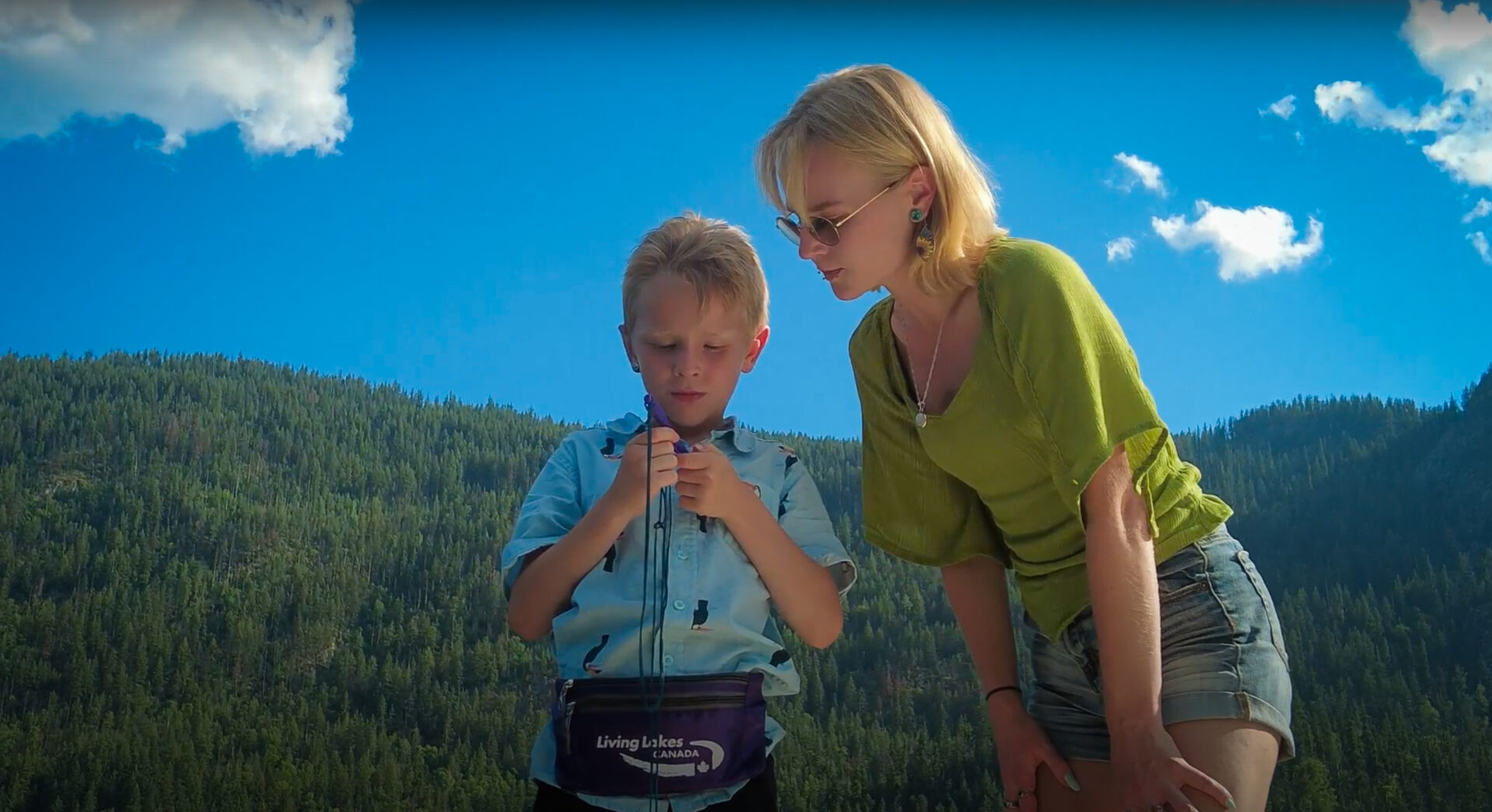
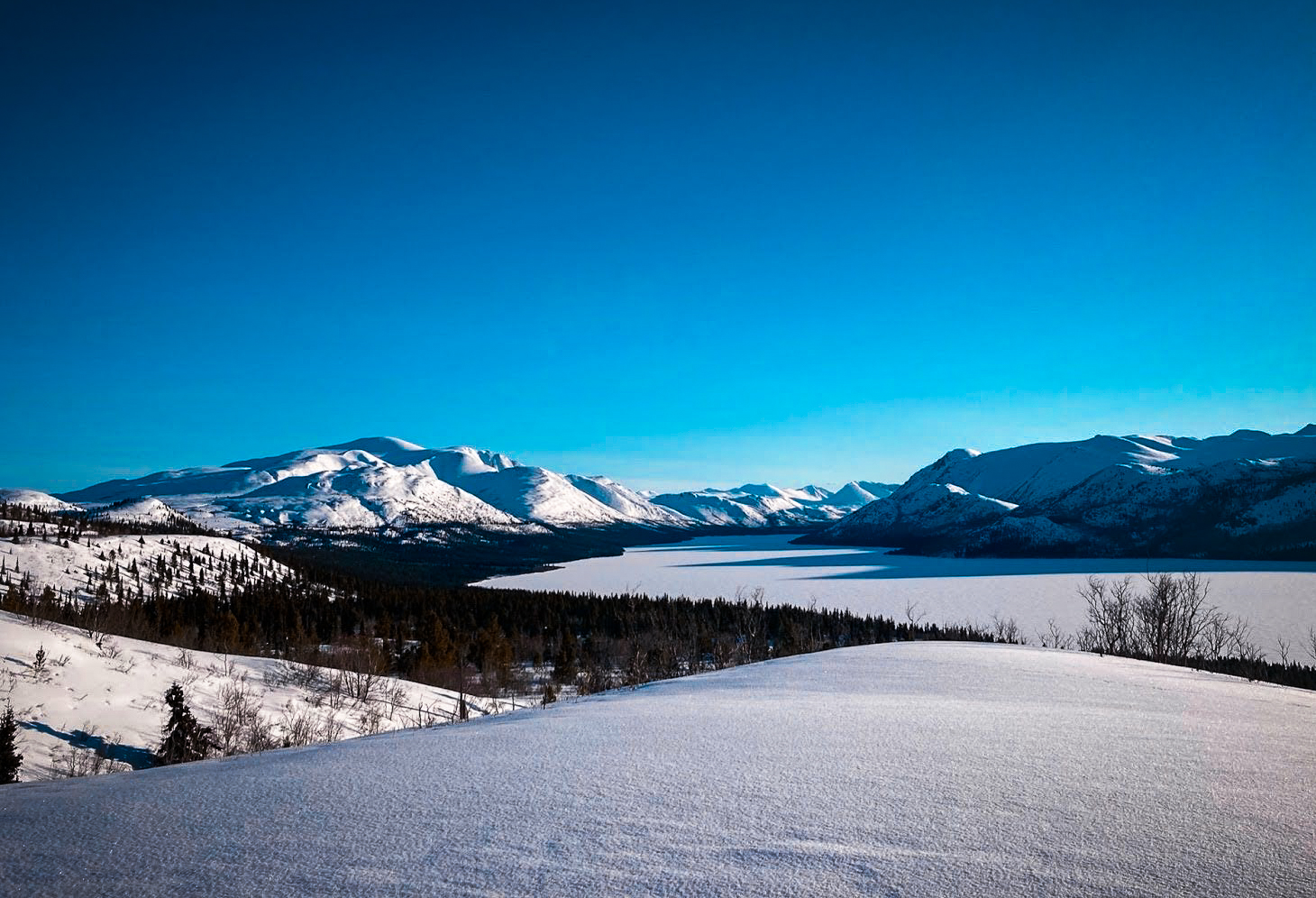
Yukon Lakes Monitoring Initiative
An exciting new initiative in the Yukon Territory in 2023 saw Living Lakes Canada collaborate with the Government of Yukon: Water Resources Branch. The Yukon Lakes Monitoring Initiative will address significant lake monitoring gaps identified across the territory.
This project has assessed current and past lake monitoring initiatives and considers a unified approach for the future. Throughout the year, Living Lakes developed and fortified relationships with territorial and municipal governments, Yukon First Nations, transboundary Indigenous governments, academia, industry, and other NGOs. As a facilitator and connector, Living Lakes Canada advanced the project through the following:
Desktop Review. A desktop review was conducted to identify and compare governmental lake monitoring efforts across Canada and inventory lake monitoring initiatives and Rights holders and stakeholders potentially interested in lake monitoring in the Yukon.
Community Discussions. In April 2023, members of our team spent a week in the Yukon connecting with various community members and stakeholders in person to discuss lake monitoring.
Report Recommendations. We published the Yukon Lakes Monitoring Overview Project Report in September. This report presents project participants’ perspectives, our findings, and recommendations towards a coordinated lake monitoring effort in the Yukon.
Celebrating the Lakes Gathering. Following a report recommendation, in December we hosted the Celebrating The Lakes Gathering in Whitehorse to honour the long history of Yukon First Nations and transboundary Indigenous Peoples lake stewardship, and to create space for both Indigenous and Western ways of knowledge sharing and celebration. The resulting Celebrating The Lakes Sharing Back Report is a summary of this two-day event, capturing key learnings and themes and outlining next steps.
“It was an absolute pleasure to be part of the Living Lakes Canada-Government of Yukon Water Resources Branch Planning Team this year as the Yukon First Nations Advisor. The learning and expertise between all colleagues made the ‘Celebrating the Lakes’ Gathering such a unique, creative and outstanding event! Very inspiring and hopeful for our future success in understanding climate changes and actions forward! Gunalchéesh/Shä̀wníthän.”
Coralee Johns (Ta’an Kwäch’än Council Citizen) with 7GENERATIONS Consulting: Traditional Knowledge Advisor
Provincial, Federal & International Coalitions
Our organization actively champions freshwater protection across provincial, federal, and international platforms through our engagement in conferences and coalitions. As leaders in community-based water monitoring, we advocate for policy changes and increased investment in freshwater conservation, urging governments to prioritize freshwater protection initiatives. By leveraging our expertise and networks, we strive to drive meaningful change and ensure the long-term health and sustainability of our planet’s freshwater.
16th Living Lakes International Conference. In December 2022, we joined other members of the Living Lakes International network in Puno, Peru for the 16th Living Lakes International Conference, which brought together 200+ NGO participants from 30 countries to share best practices for protecting the world’s lakes and wetlands.
United Nations Water Conference. Living Lakes Canada was granted special accreditation to attend the historic UN 2023 Water Conference in New York in May. As part of our participation in the conference, we hosted a virtual side event attended by a global audience that featured our community-based water monitoring work alongside that of several of our Living Lakes International NGO partners.
Canadian Coalition for Healthy Waters. We continued our role as a Steering Committee member for the Canadian Coalition for Healthy Waters, a non-partisan coalition of more than 60 organizations advocating for federal government leadership and policy to support the health of freshwater. The 2023 Canadian federal budget was a milestone with a commitment of $650 million over 10 years for priority watersheds across Canada.
BC Watershed Security Coalition. The 2023 BC Budget announced a $100 million investment in the province’s new Watershed Security Fund, with a commitment to co-develop the fund with First Nations. As part of the BC Watershed Security Coalition, we continued to advocate for increased provincial investment in watershed protection and community climate adaptation for British Columbia.
“We are encouraged to see the Province taking real leadership on watershed security with this initial kick-start to the BC Watershed Security Fund. Immediate action and funding are needed to make our communities stronger and more resilient to the impacts of floods, fires and droughts.”
Coree Tull, Co-Chair with BC Watershed Security Coalition
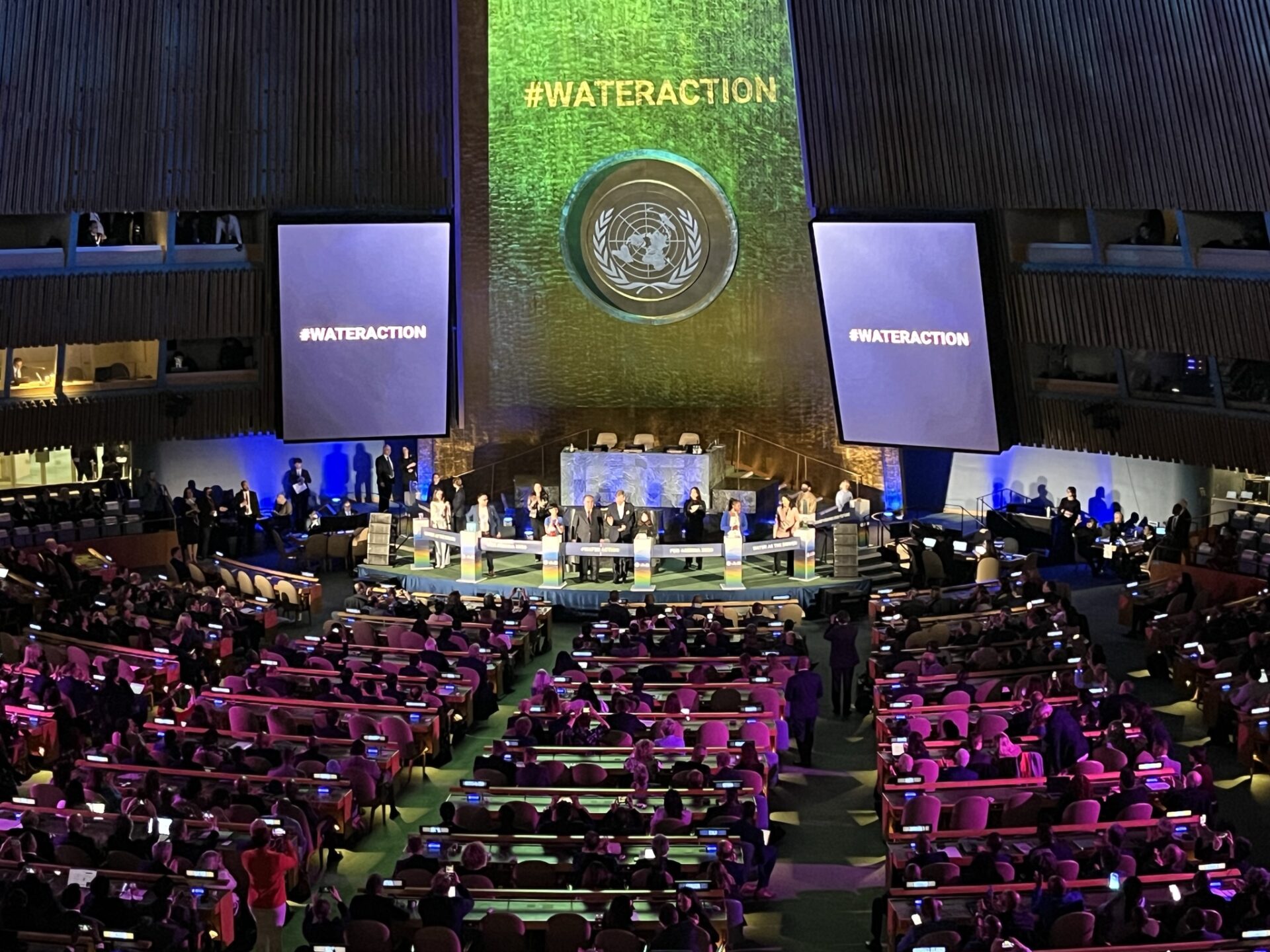
indigenous government & group collaborations
local & regional government collaborations
provincial, territory & federal government collaborations
international partner collaborations
Our Financials
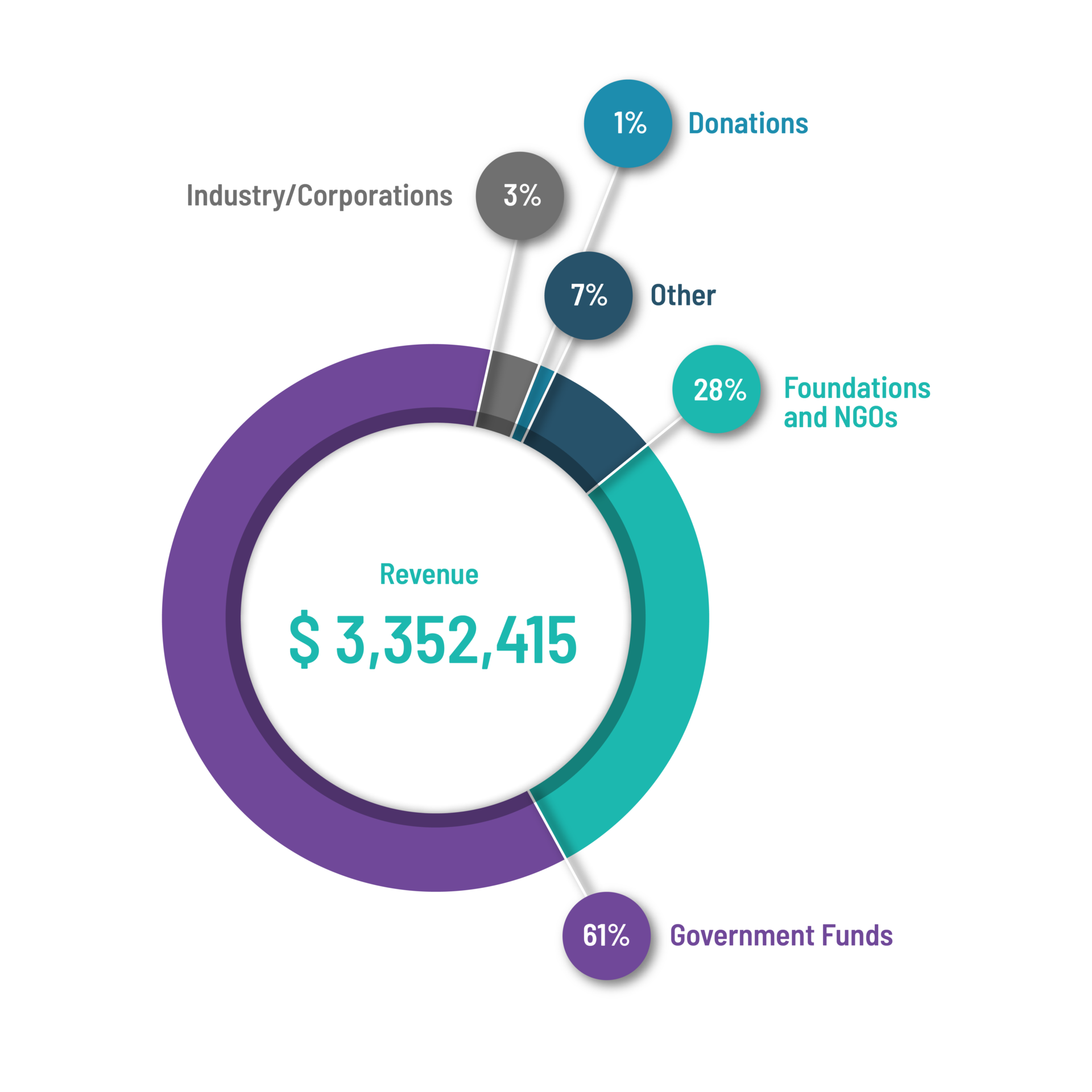
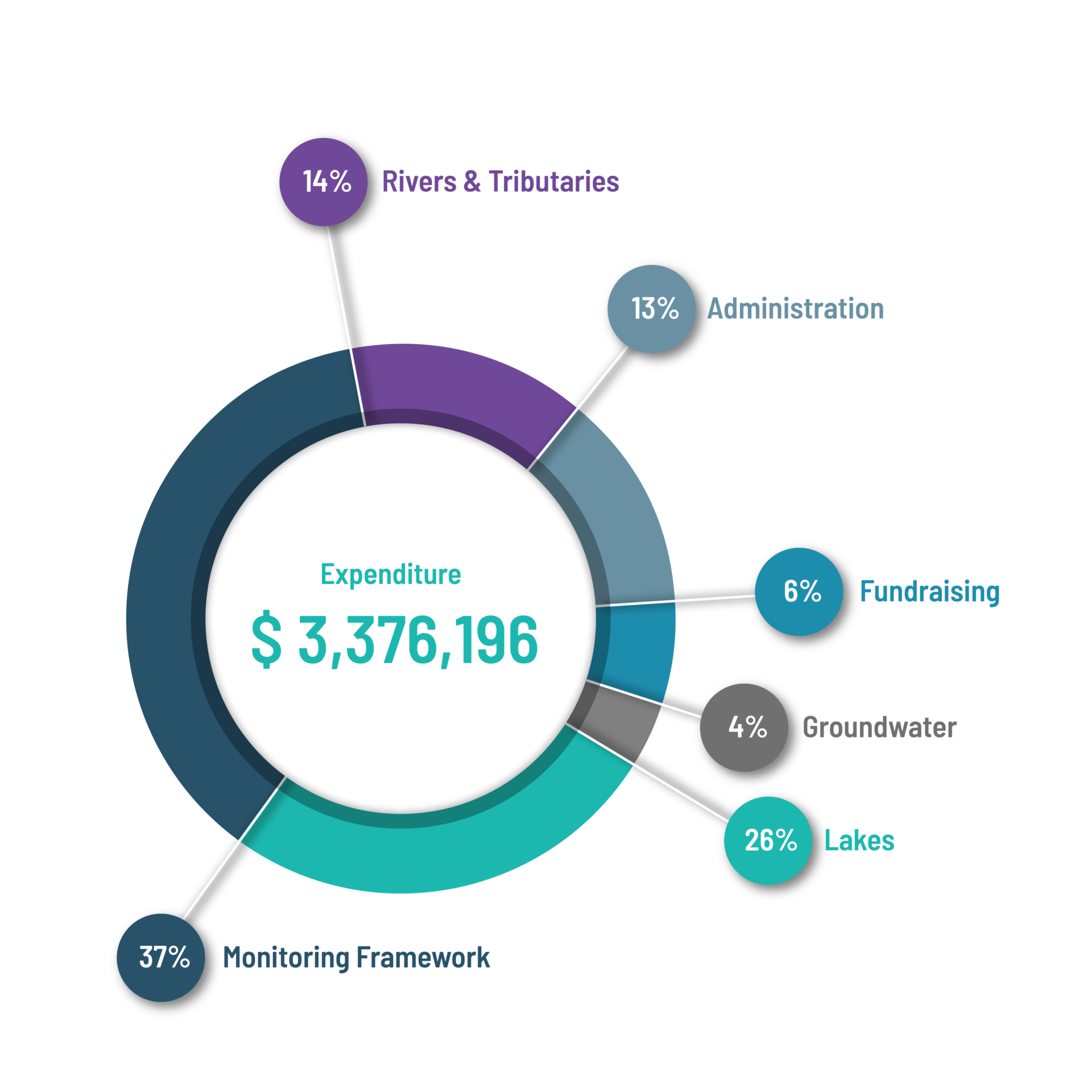
“We are very fortunate to have a dedicated team of intrinsically motivated people working on these endeavours to empower communities in their quest to achieve watershed health and water security.”
Kat Hartwig, Executive Director
Our Funders
Our Partners
Thank you to our partners & collaborators, past and present.
Invest in Living Lakes Canada
Your support helps communities and decision makers access tools, training and data that help them create sustainable and healthy communities and ecosystems.
Donate Today


